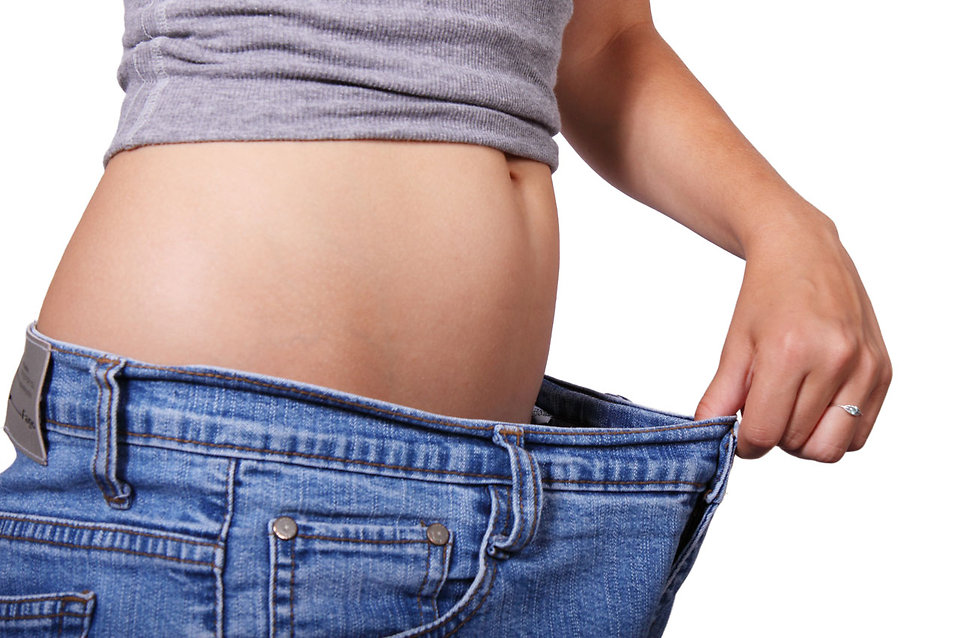When your goal is fat loss you are advised to do cardio. You go for aerobics. Hit the treadmill. Endless cycling that will leave you sweaty. Countless skipping becomes your daily routine. You think engaging in weight training has nothing to do in your quest of fat loss. After all lifting only helps to increase your muscle volume, right?
On top of all this workout, you decrease your food intake. Naturally, the fewer calories you consume, you will have a better chance of a slim body. But this simple logic does not always hold true to our complex human physiology. Therefore chances are in both ways you are misleading yourself. Confused? Well, let me reveal the science of fat loss.

Its not all about fat reduction
No doubt cardio vascular activities are great means of tapping out fats but the flip side is if your routine completely relies on this you will also lose your muscles along with your fats. The core meaning of weight loss is mere fat reduction. That means decreasing the body fat and weight while preserving muscle mass. The reason behind is the more muscle you have the higher the metabolism. Metabolism is the rate at which a person burns energy. Metabolism gets at the peak with the right practice of resistance training. When weight is lifted it calls for high energy. In order to carry the load, body needs to maintain the muscle. And the maintenance for muscle is very costly forcing more calories to burn.
The concept of weight training stands as the muscle builder and not worth for the fat loser. The fact is it does not melt your waistline insanely fast as that of aerobics but the muscle built will switch on your metabolic rate even during your rest hours. The more muscle you hold, your chances of losing body fat is improved.
A Crash Diet Can Be Counter Productive
A crash diet has also direct impact over metabolism. A strict calorie deficit diet deprives your body of its nutritional needs diverting it into starvation mode. In this mode the body senses the shortage of food and fear for its survival. Due to the nutritional crisis the body’s metabolism will lose its natural rhythm burning fewer calories and leaving the fat to be stored as the only option. The fats get preserved because they are very high sources of energy for your body. Eventually you will find yourself hitting a weight loss plateau, unable to lose any weight. The sad news is for the majority of the crash dieters, this plateau is followed by a period of shocking weight regain making all the effort they put to stay lean counterproductive.

Speed up your metabolism
Eat often. Don’t get me wrong. Not eating more, just more often. Add small meals between your basic breakfast, lunch and dinner while keeping your calorie consumption the same. The thing you can do is cut down your heavy breakfast, lunch and dinner to moderate and add the same calories in snacks adjusted in between them. Eating six times a day is ideal. Spreading your meals out more consistently across your day helps keep your metabolism running. Have a look to the sample schedule below.
Meal timing
| 7 AM | Breakfast |
| 10 AM | Snack |
| 12 AM | Lunch |
| 3 PM | Pre-workout meal |
| 3:45 PM | Workout |
| 5:30 PM | Post-workout meal |
| 8:00 PM | Dinner |
With hours extended between basic meals in the absence of snacks, your calorie burning engine remains idle for long stretches. When it drops down your fat meter is activated. Time to rearrange your nutrient timing if you want safe exit of your body fat.